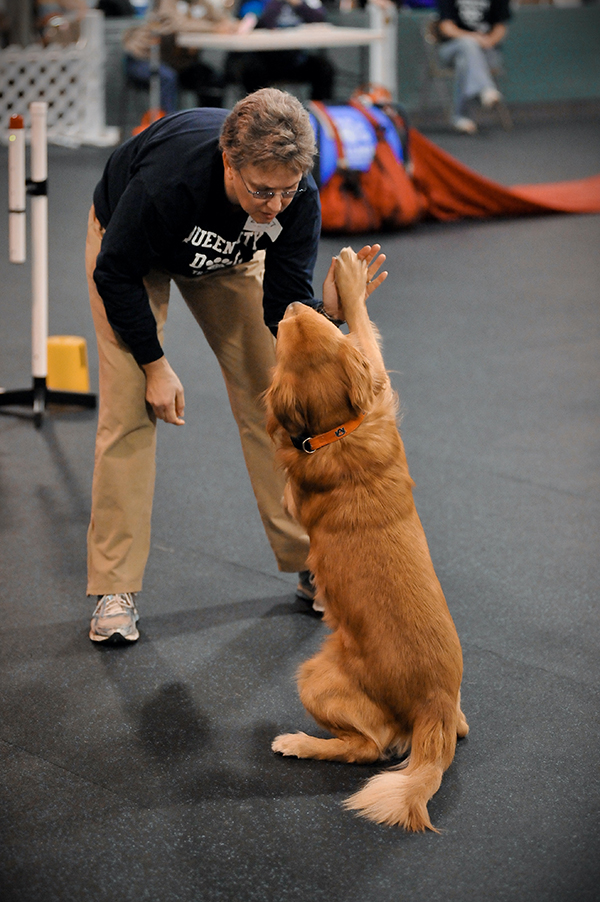The Power of Choice is the second of my three-part strategy for success, especially for success in learning. If you can learn how to learn, you can accomplish almost anything.
What makes it so powerful?
I think it’s because it puts you in control… the hero in your own story.
We can’t change our circumstances, our past – that’s history.
The future’s a mystery.
Today’s a gift. That’s why they call it the present.
(Roughly adapted from Kung Fu Panda).
The point is, today, right now, is the only time we can act. How we choose to act can change our lives and set us up for success.
Not choosing to act is a bit like hitting the snooze button on your alarm. You’re not in control of your destination, or achieving your goals. Or rather, you’ve chosen to react, rather than take action and be proactive.
If you want to learn creative problem-solving skills, like engineers, this is the way to do it! Define a problem or challenge. Choose how to approach the problem… wrestle it out in your own head, jot down ideas on paper, make sketches… without someone standing over you, telling you what to do next!
Wrong is wonderful at this point (unless it’s a safety issue) because the feedback you get as you go along will tell you if you need to change tactics, or if you’re on the right track. When you get inside your own head and figure it out on your own, the lessons will stick because the choices are yours.
A side benefit–you’ll probably learn a lot of other useful life skills along the way that you never realized… like breaking down a problem into manageable chunks, setting goals, improving processes, figuring out how to correct a mistake, figuring out a better way to do it next time… what you could have done sooner (or later) in the process. I learned a lot about project management and efficient workspace set-up by sewing doll clothes as a kid–stuff that you can spend a lot of money to learn through a course as an adult!
Problem-solving skills are the most difficult to teach effectively because you really need to get inside your own head and do it on your own to truly master this skill, and every problem is slightly different… sometimes needing new content knowledge. But these skills are the most transferrable of all the types of content you learn… facts, concepts, generalizations, problem-solving skills.
You may need a different type of content knowledge (facts, concepts, generalizations) to solve a different problem, but once you learn how to break the problem down into manageable chunks, identify what you know and what you need to know to solve the problem, you can go get the help you need to fill in the gaps. Before you know it, problem solved!
And it all starts with choice, and the feedback you get when you make that choice. Don’t forget to celebrate the small wins along the way! That keeps the forward momentum going, and makes it easier to take on more difficult challenges in the future.
Figuring out how to make the right choice may sound like hard work. It can be. It gets easier with experience.
Really creative people figure out how to make habits of their most important right choices, and establish routines to help set their day up for success. This might be getting up early and tackling the toughest problems first thing in the morning, when you’re freshest. Scheduling time to exercise every day, even if it’s only ten minutes, choosing healthy meal or snack options, and getting enough sleep. That way you’re not using your best creative energy to solve the same problem every day… you can save it for the really important ones!
If you’d like to hear my personal story about how the power of choice helped me go from a D in physics to a Ph.D. in engineering, check out this six-minute video:
What choices can you make today and take action on that will take you one step closer to your goals?
Leave a comment and let me know!
Cheers!
Dr. Marsha Tufft
- P.S. If you’re wondering why I chose a picture of my dog, Harry, giving me a high-five before our run at an agility trial, it’s because it’s a visual illustration of how the power of choice helped set us up for success… and how Harry learned problem-solving skills, learned how to learn, and a lot of cool tricks along the way.
- When my other golden retriever, Tinker, got so distracted trying to meet and greet people, including the judge, as we walked into the ring at an obedience trial, I quickly did some problem-solving to figure out a way to salvage our run. I put Tinker in a sit and asked for a high-five before stepping into heel position at his side. That got his attention back on me, and we were able to complete the exercise. Agility trials are very distracting, and I quickly started using the high-five before the start of every run. It not only got Harry’s focus back on me, it started us off with a small win – a simple trick we could execute easily. It also had the side-benefit of calming me down as well, with a simple physical touch and connection with my partner. After all, Agility is truly a team sport. The high-five was a perfect way to start as a team. In sync.
If you’d like to hear more about what I’m doing to engage kids in STEM, check out my podcast with Chris Woods on STEM Everyday:
Look for my upcoming podcast on Solve It For Kids!

